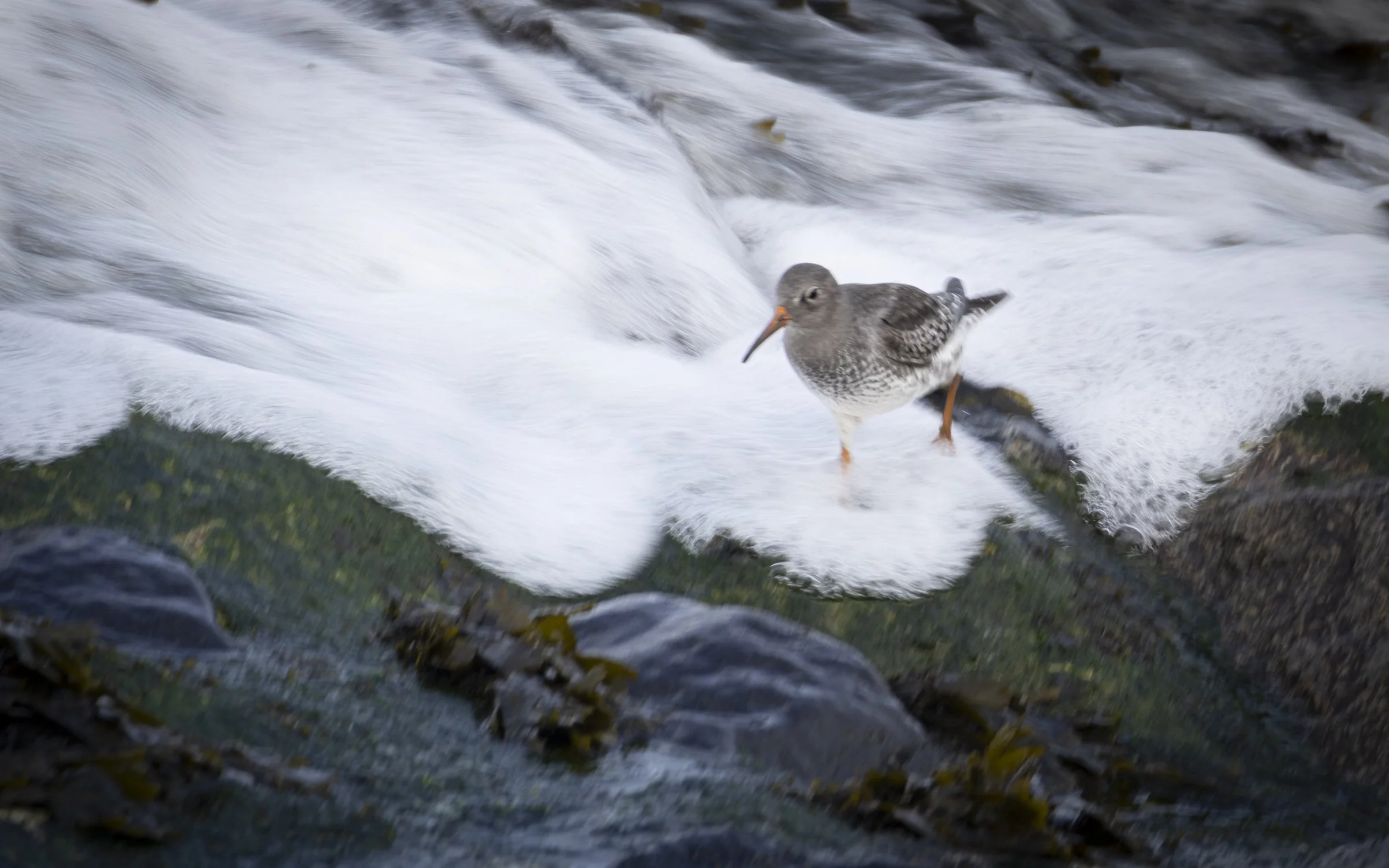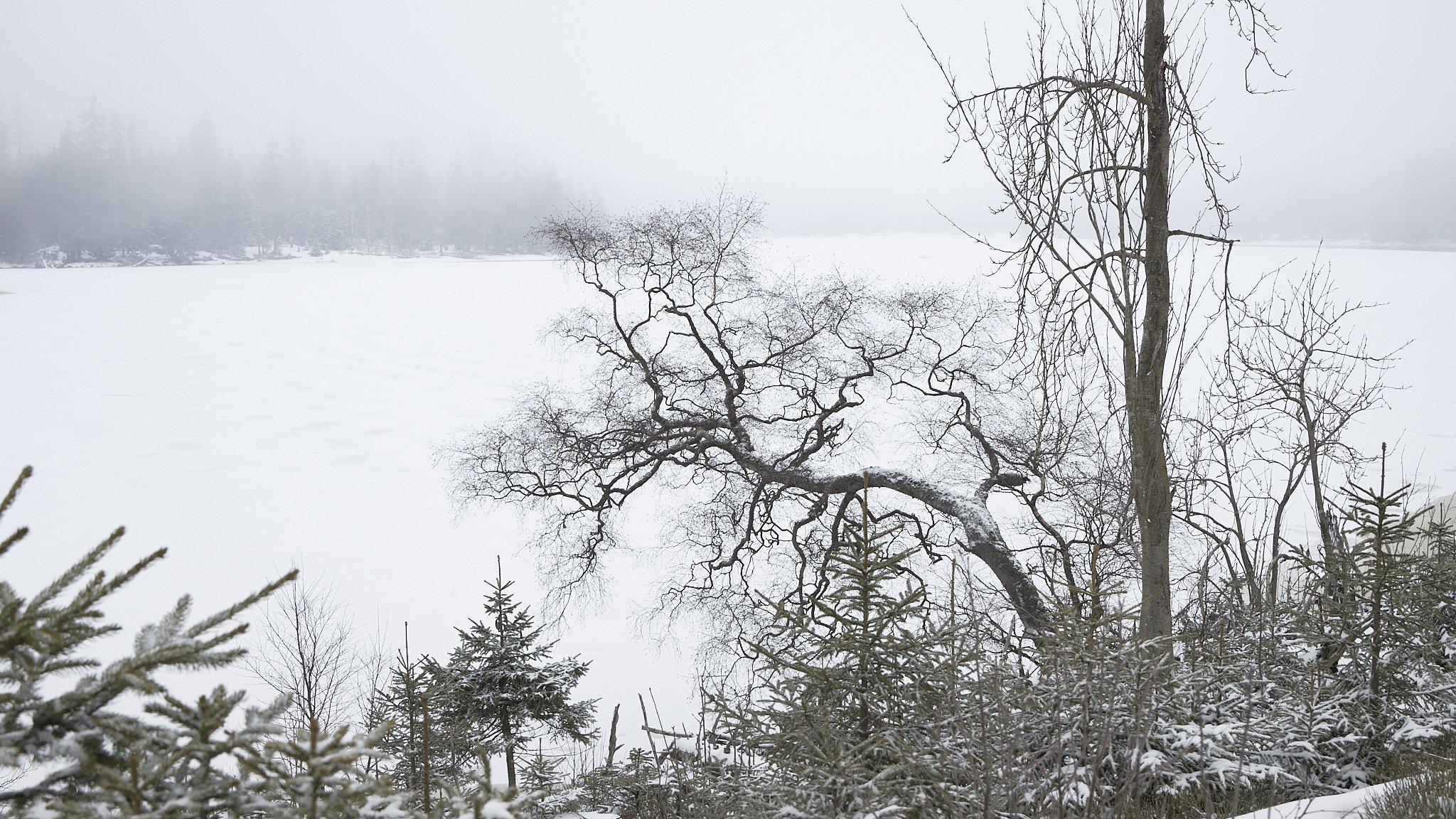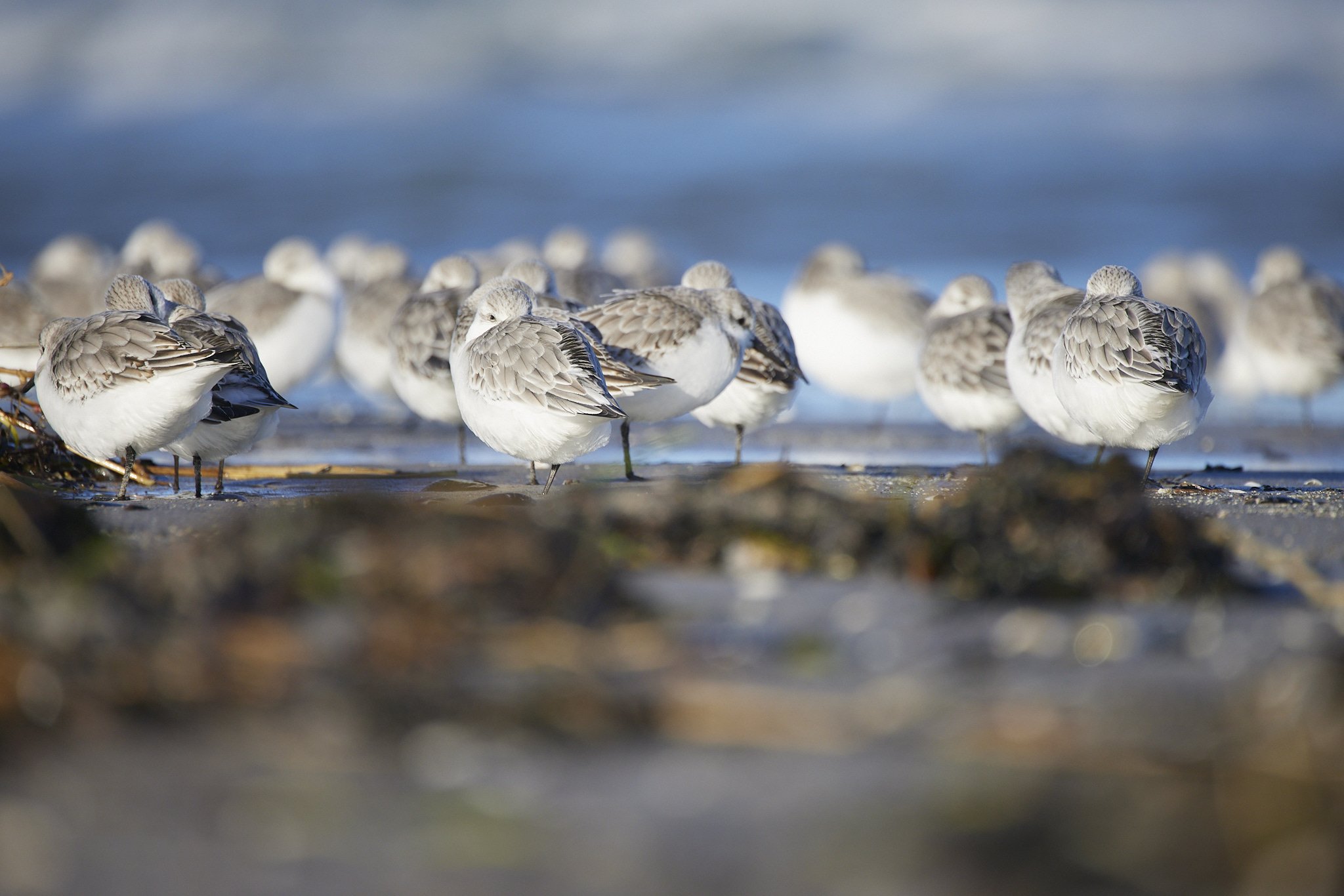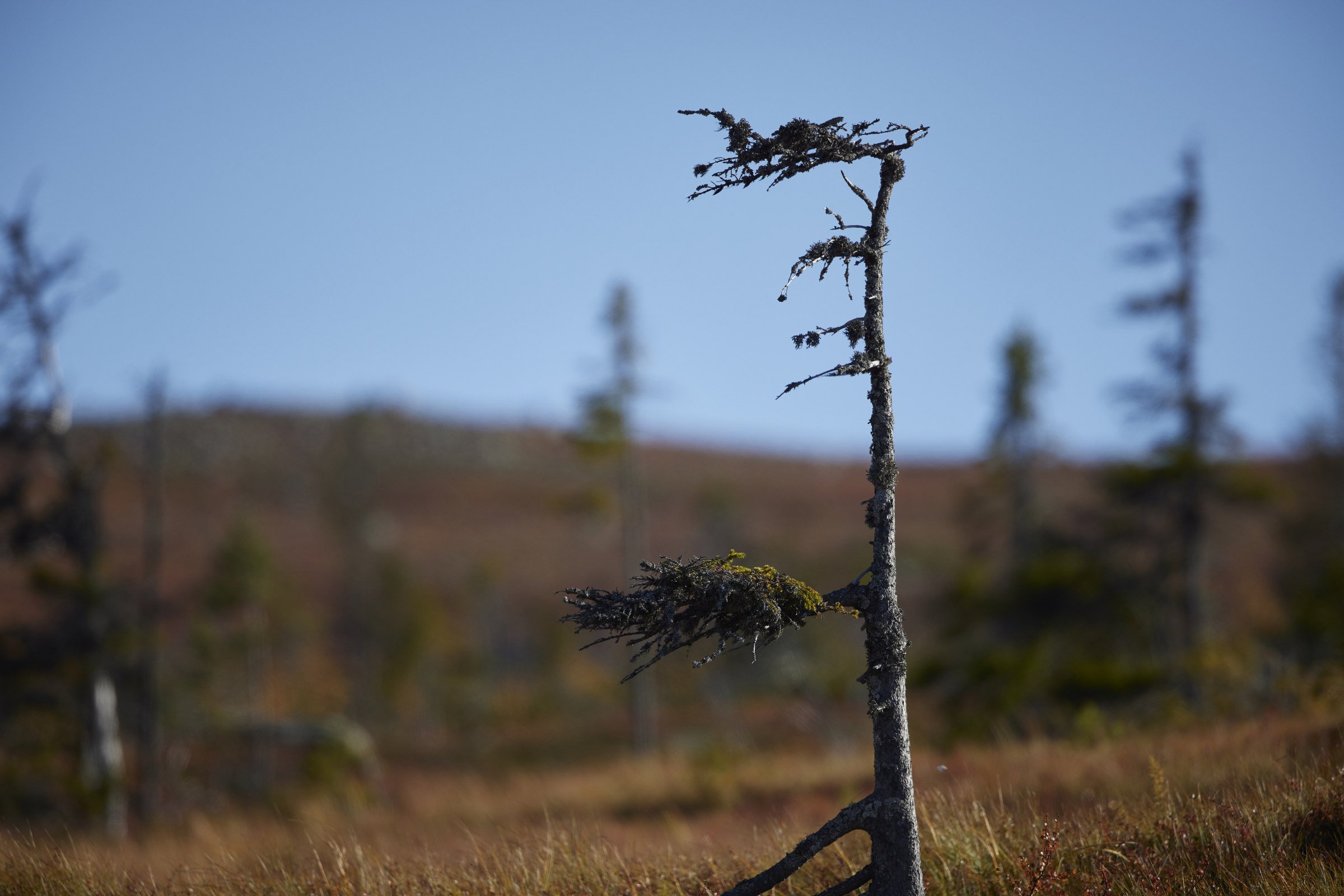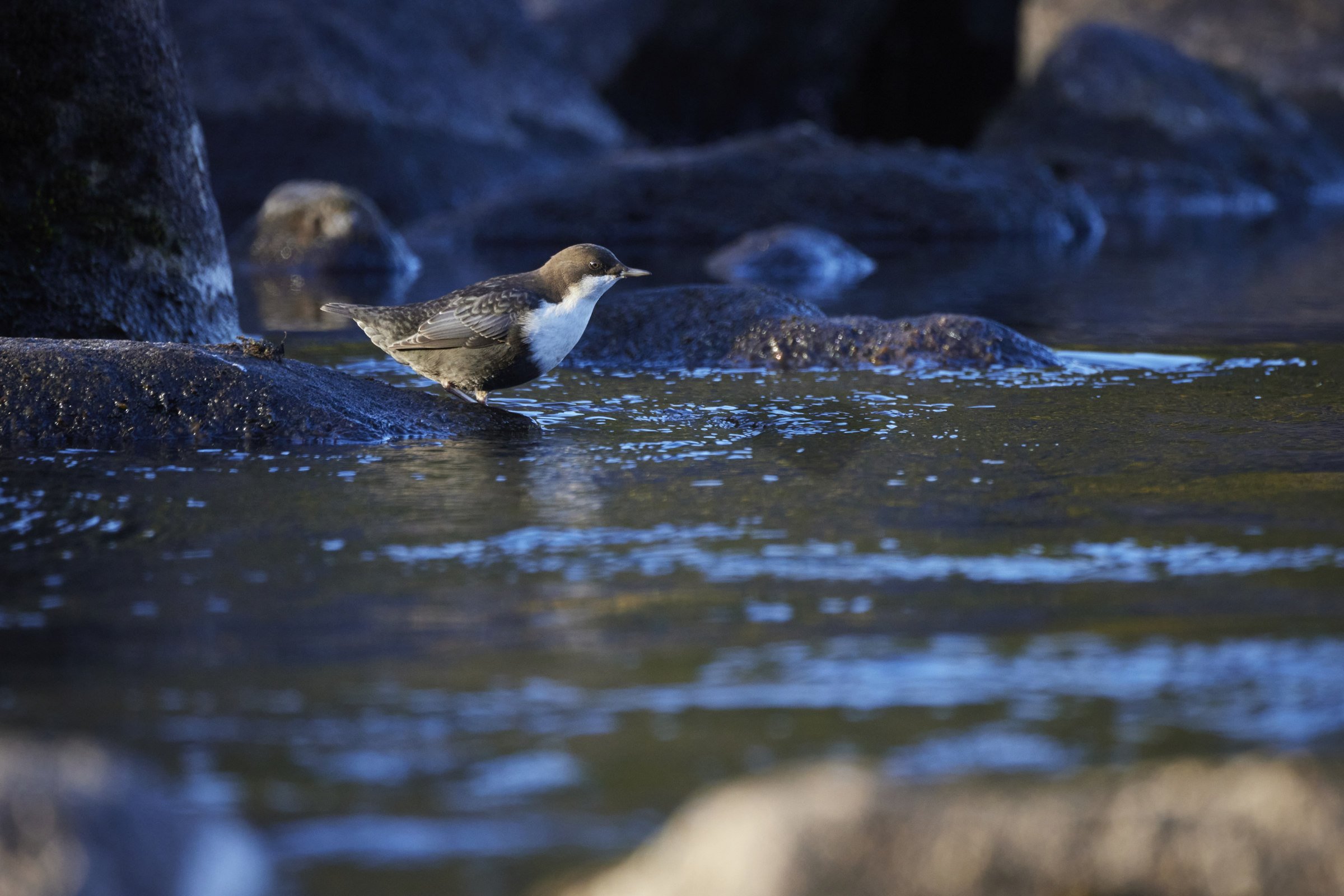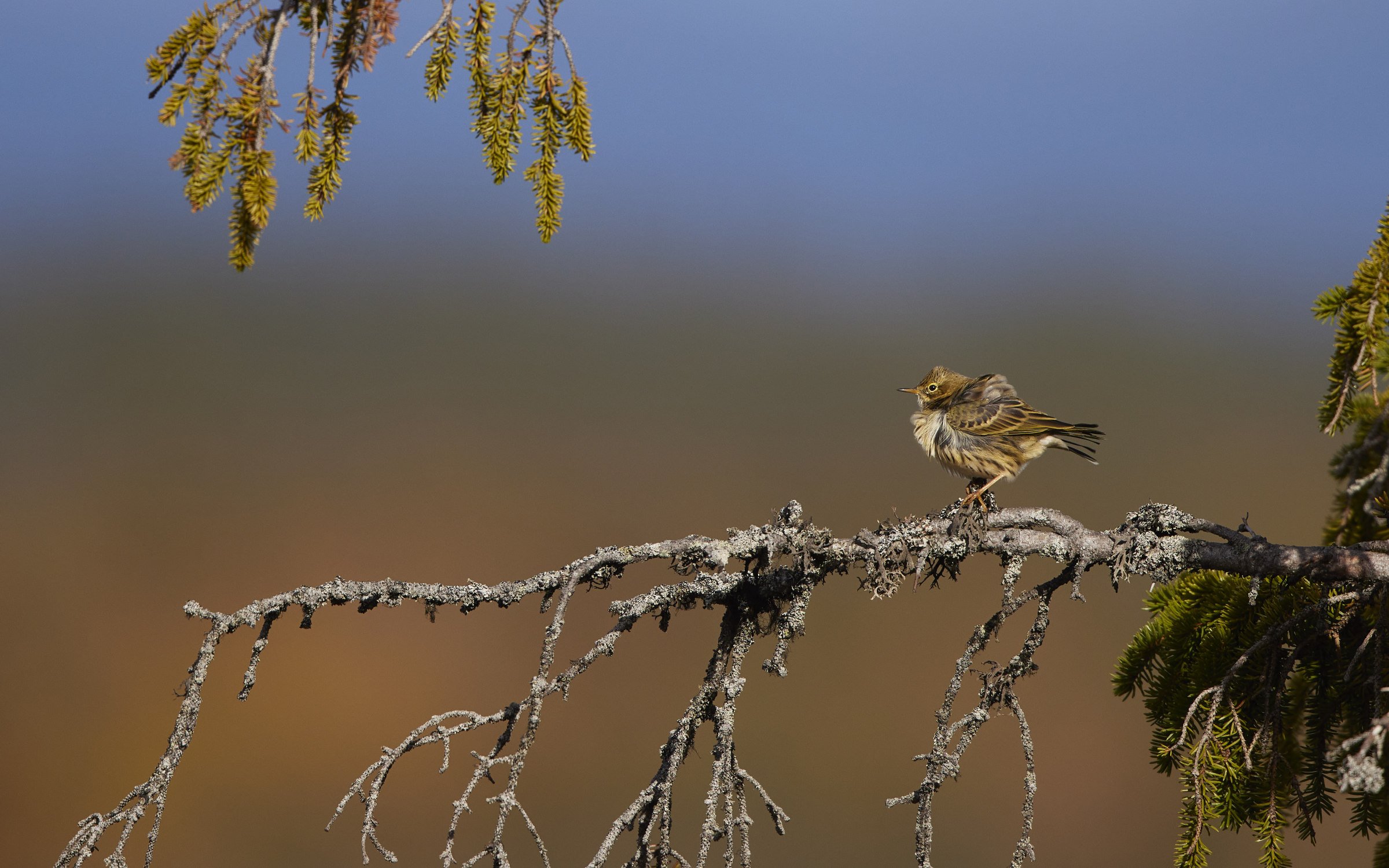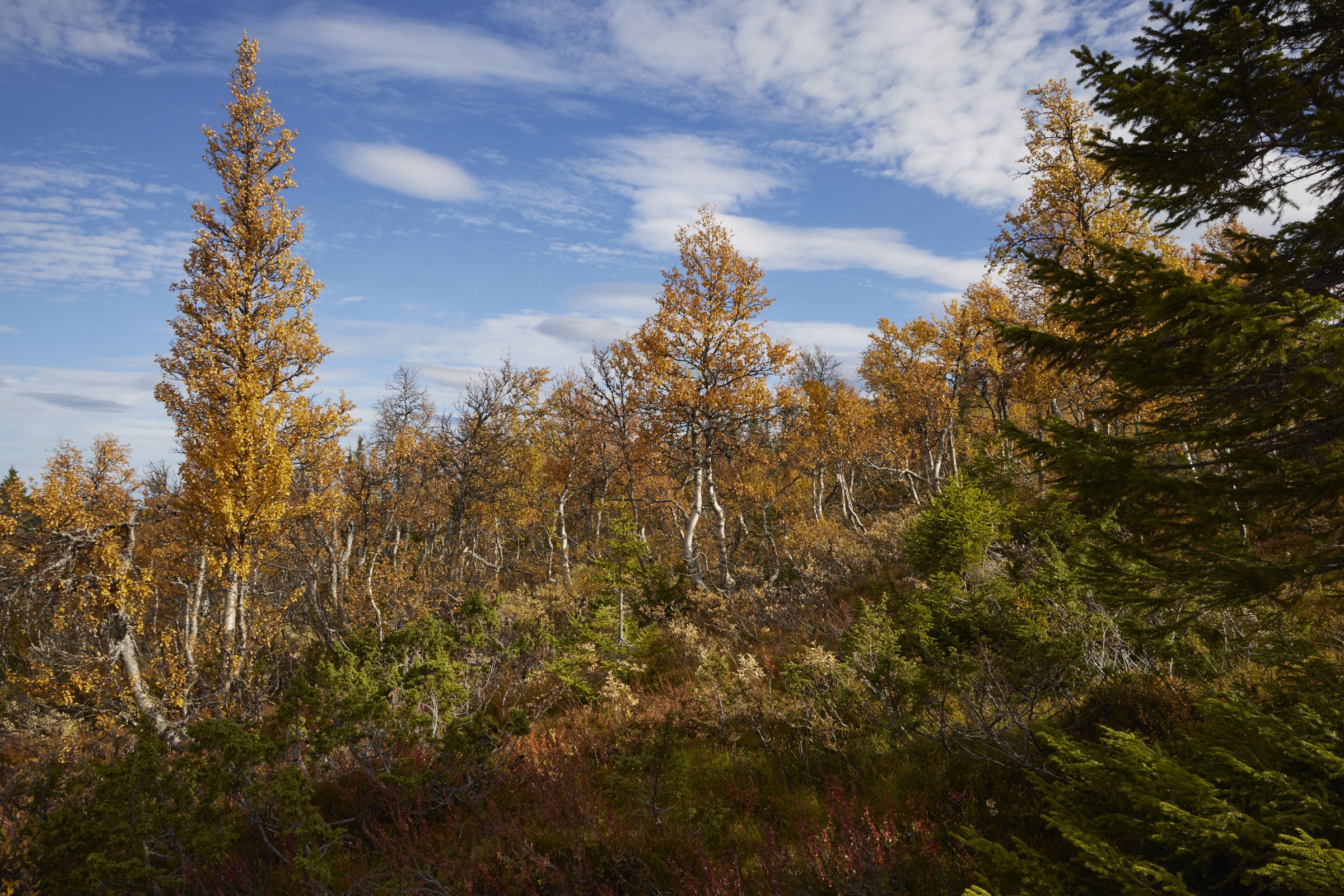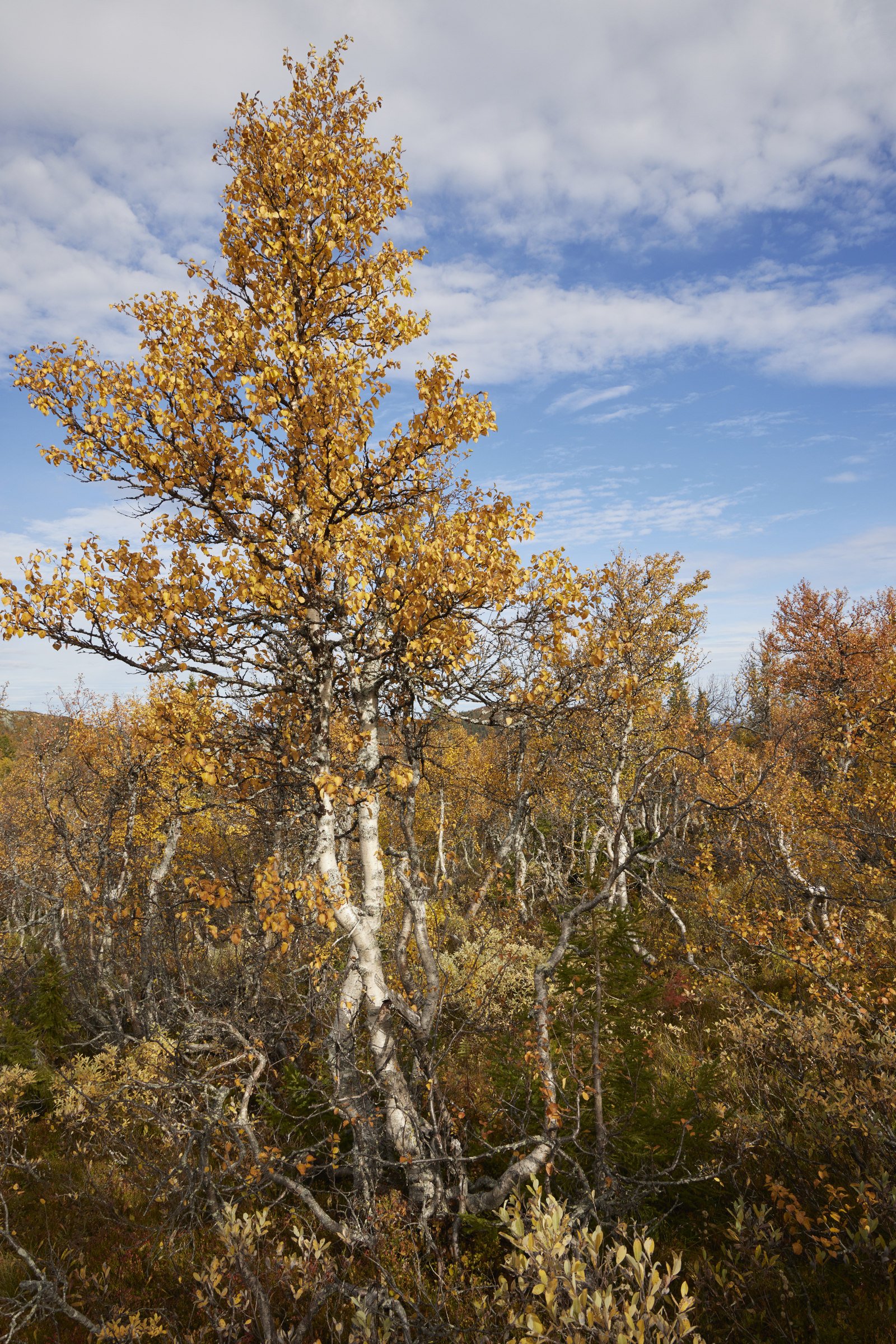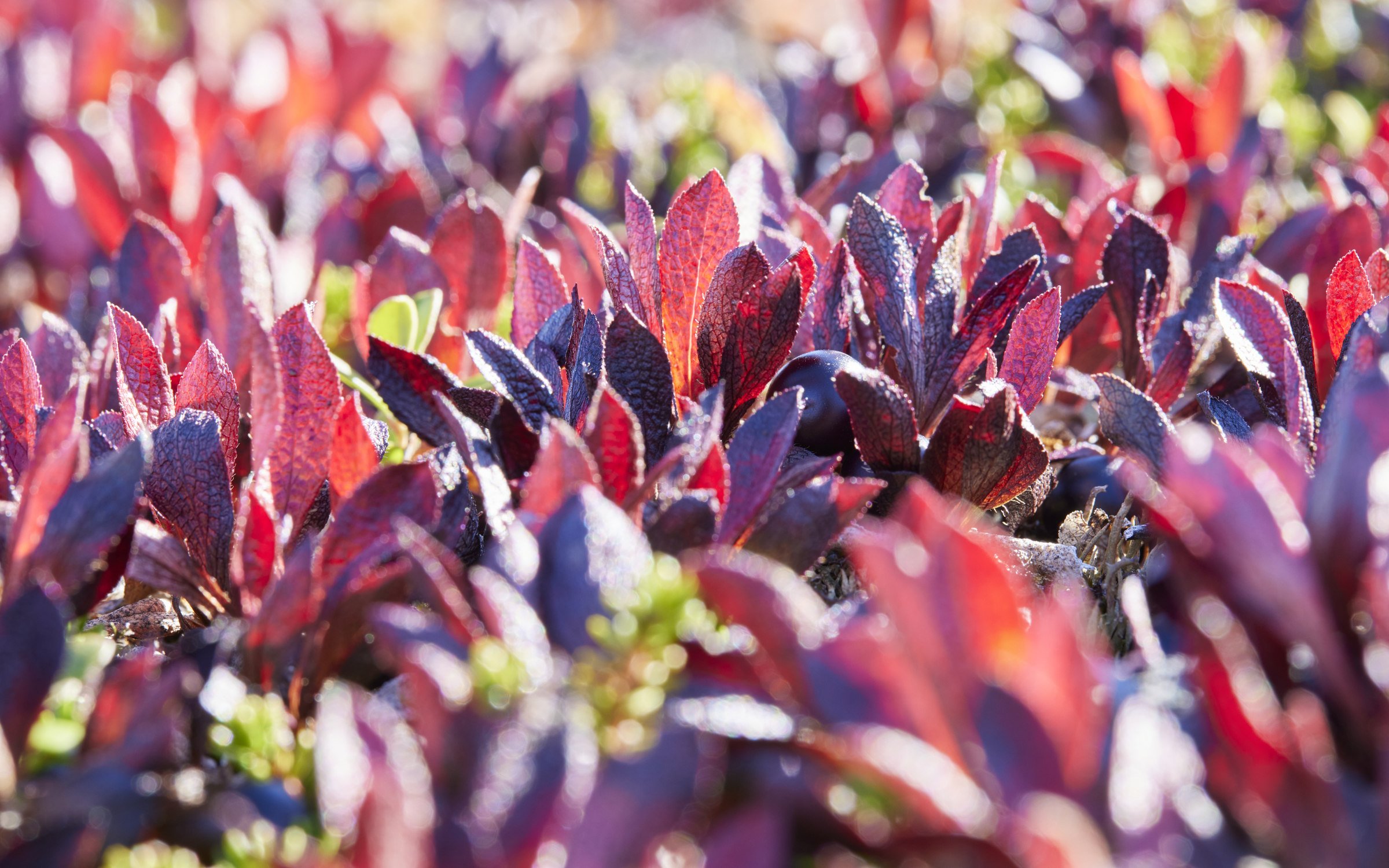What is Hair ice?
Hair ice (also known as ice wool or frost beard) is a quite rare natural phenomenon. It forms from moisture inside dead or rotten wood and not from general humidity. The ice has the form of incredibly fine, silky white hair. It is only around 0,02 mm thick, about a quarter of the thickness of a human hair. And it is so delicate that once you touch it or even breath on it, it collapses. That said, Hair ice is incredibly soft and feels surprisingly warm to the touch.
I personally find it incredibly beautiful.
Hair ice only forms under very specific circumstances. There needs to be the slightest of frost with tempeatures just below 0° C in humid conditions. It must not be too cold, or the whole wood freezes over. It must not be windy, or it breaks down. Hair ice only forms in parts of the Northern hemisphere and only in deciduous forest. It does not form on bark, only on bare wood.
Thankyou, fungi!
As soon as 1918, German meteorologist Alfred Wegner assumed a fungus as catalyst for the formation of Hair ice. About 100 years later, in 2015, the fungus Exidiopsis effusa finally has been identified as key to the formation of Hair ice.
Humans have not yet find a way to reproduce it.
Sources: DWD, National Geographic, Wikipedia (EN), Wikipedia (DE)



